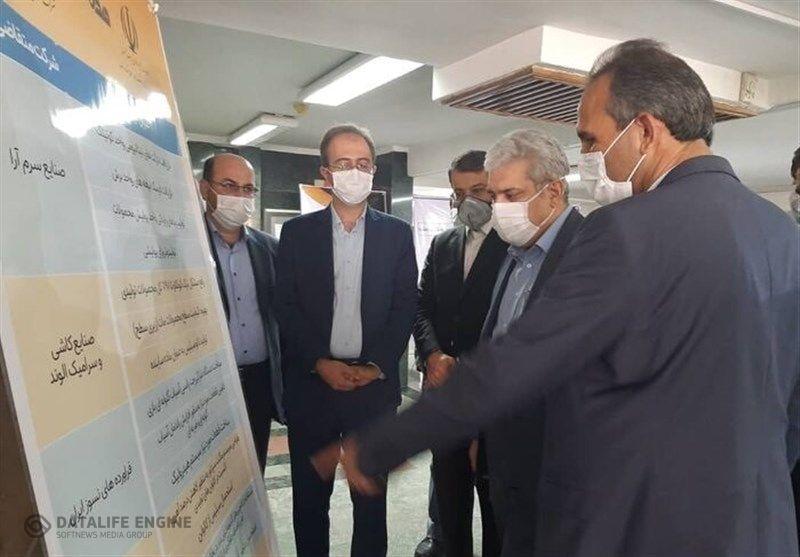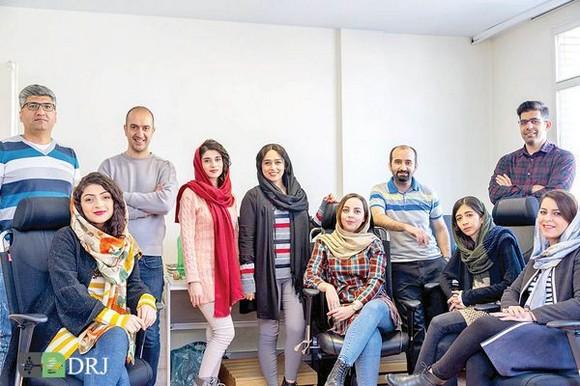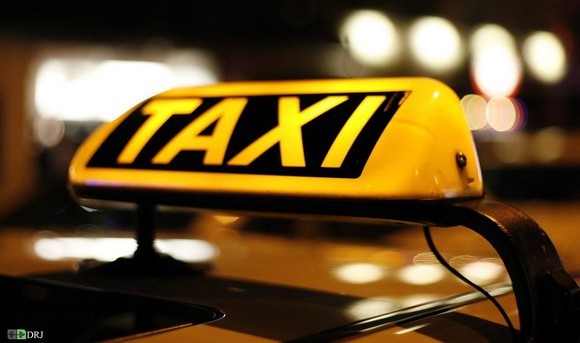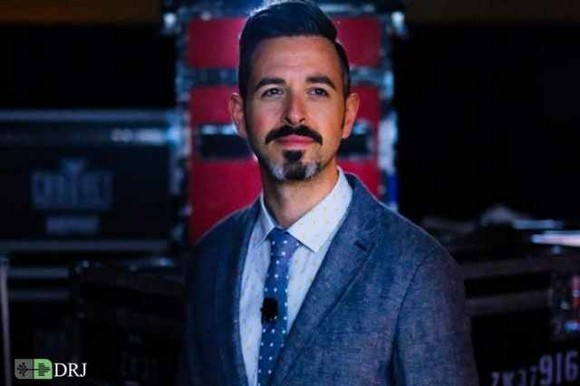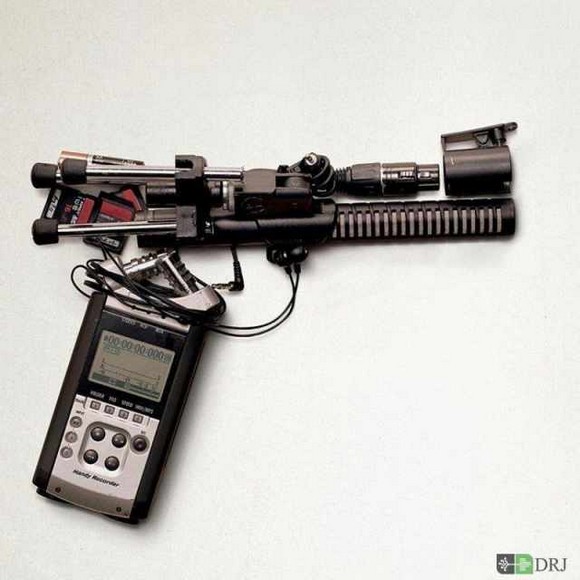Step inside the cockpit of an empty commercial aircraft and the pilot controls are yours. You don't need a key or any special passcode to power up the plane and fly it away, whether it's a small regional jet or a giant twin-deck Airbus A380.
The suicide-by-plane Friday at Seattle's Sea-Tac International Airport, which ended when a rogue airline employee crashed a stolen 76-seat turboprop into an island, has raised fresh questions about aviation security. To abscond with a parked plane, there are basically just two security barriers in the way: obtaining access to a non-public area, and possessing enough knowledge to operate the aircraft.
The first hurdle was easily jumped by the Horizon Air employee who stole and then crashed a Bombardier Q400. As a ground services agent, he was authorized to be in the maintenance area where the plane was parked, said Brad Tilden, chief executive officer of Alaska Air Group Inc., which owns Horizon Air.
“This is aviation in America: The doors to the airplanes are not keyed like a car, there's not an ignition," Tilden said at a news conference Saturday. "We secure the airfield and then we have employees that are credentialed and authorized to be there."
Improvements Needed
It's too early to say what changes might be needed to current procedures, the CEO said. The employee, reported to be 29 years old by the local sheriff, was killed and no one else was injured.
Among the questions being asked by both experts and observers: How did the employee — who wasn't a pilot — know how to start, taxi and launch a complex, modern aircraft? What if his intention had been to harm others besides himself? And despite the immense increase in airline passenger and employee security screening since 2001, how secure are the planes themselves, given all the people authorized to service them every day?
"As an airline employee, this guy has been vetted, background-checked, all of those things before he gets any of the credentials," said John Cox, a former US Airways pilot who is now president of consulting company Safety Operating Systems.
Federal Investigation
The Federal Bureau of Investigation is leading the investigation into the plane theft, supported by the National Transportation Safety Board, said Debra Eckrote, the NTSB's regional chief in Seattle. The aircraft is "pretty fragmented" and the NTSB will send the flight data and cockpit voice recorders to Washington for analysis, she said.
Stealing a commercial plane isn't without precedent. In May 2003, a Boeing 727 was stolen by an aircraft mechanic and his assistant from an airport in Angola. The pair flew the aircraft, formerly operated by American Airlines, out over the Atlantic and vanished without communicating with air traffic controllers. The aircraft was never found and its fate remains unknown.
Much of the security imposed after the 2001 terrorist hijackings involves more rigorous screening for passengers and airline employees, along with new rules around access to cockpits in flight and federal procedures for pilots and flight attendants to report colleagues who they feel may not be fit for duty.
Parked Planes
But those measures don't apply when a plane is parked and empty. And the U.S. hasn't imposed similar fitness reporting requirements for other airline employees, such as ramp workers or mechanics, said John Nance, a former airline and Air Force pilot who now works as an aviation consultant.
"The reality is that airports are huge, messy places with a hell of a lot of people coming in and out ... with various levels of upset in their life," Nance said. "What that makes us vulnerable to is exactly what happened: someone who is coming apart at the seams."
Authorities aren't releasing the name of the employee yet. He began working at the regional carrier in February 2015, and was credentialed to work with and around airplanes. As a ground service agent, he was tasked with loading and unloading bags and cargo, along with tidying the aircraft between flights. His job duties also included helping to tow aircraft, Horizon CEO Gary Beck said.
Getaway Run
The Q400 was parked in a maintenance and cargo area and not scheduled for passenger service when the employee used a tow tractor to turn the plane 180 degrees and taxi out to a runway, Alaska officials said. He flew from the airport at 7:32 p.m. local time.
The man didn't respond to repeated calls from an air traffic controller during his taxi, according to a recording of the incident. He crashed about an hour later on Ketron Island, about 30 miles southwest of the airport.
While towing does require some training in operating the plane, officials were mystified as to how the employee knew enough to even start the aircraft, much less fly it and pull off some of the aerial maneuvers he executed in the air before crashing. He had no pilot license, Beck said.
"Turbine airplanes are not that easy to start, they require a given sequence of switches and levers being moved in a particular order," said Cox, the aviation consultant. "It's not like your car."
An Alaska Boeing 737 pilot near the runway reported to controllers, "His wheels are smoking left and right," suggesting the man had not disengaged the Q400's parking brakes as he increased engine power.
During the flight over Seattle, the hijacker rolled the aircraft at least once, according to a video of the incident posted on social media, and was pursued by two F-15 fighter jets scrambled from Portland by the Oregon National Guard.
"It's just a tragic case," Cox said. "You can't help but feel this is a very, very upset individual and he lost his life."





